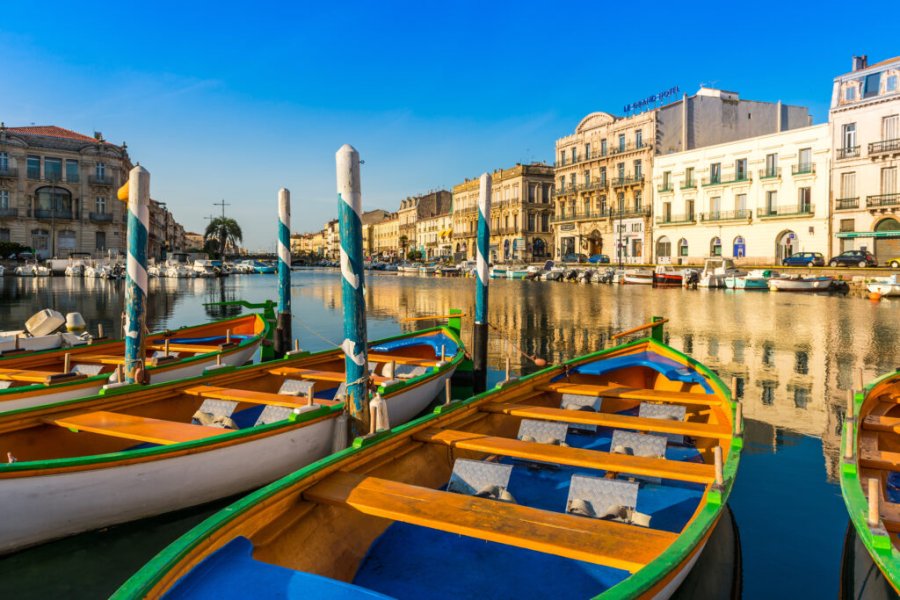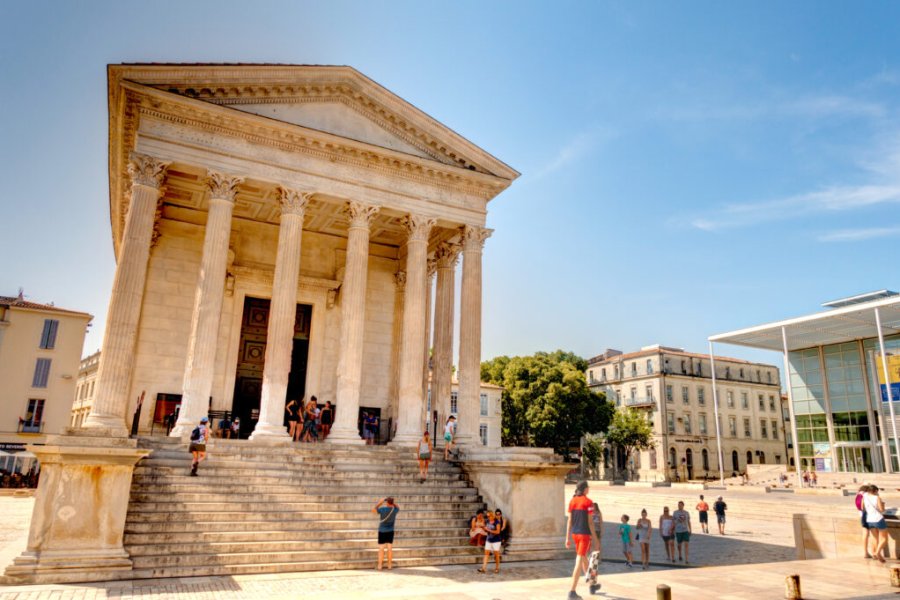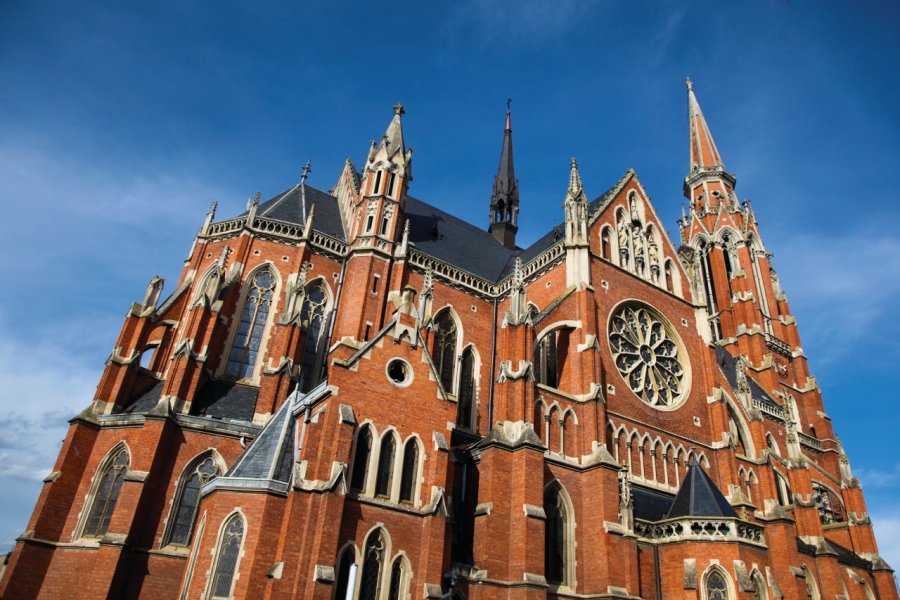Travel Guide Osijek
Find an accommodation
Advertising
Osijek, the capital of Slavonia and Croatia's fourth-largest city after Zagreb, Split and Rijeka, paid a heavy price during the last war in former Yugoslavia. In 1991, before the outbreak of war, it had a population of 130,000. In 2021, according to the most recent census, it had less than 100,000 inhabitants. Worth seeing in the Old Town (Tvrđa): Trg Svetog Trojstva square, the Plague Column (1729), the cathedral, historical museums and large 18th-century public buildings, such as the university rectorate. On Županijska (no. 8), the historic hotel-restaurant (Waldinger), recognizable by its Art Nouveau façade. The Viennese Secession is the dominant architectural style in Osijek, with its 19th-century palaces. Most of these old mansions were requisitioned by the Communist government. Heavily damaged by the last war (1991-1995), most are awaiting restoration. Today, Osijek is an airy city, with generous green spaces, semi-pedestrian promenades and bicycle paths, and panoramic views of the Drava River at its confluence with the Danube. Every year in early October, the Oktoberfest is in full swing, just like in Munich.
What to visit Osijek?
Advertising
Weather at the moment
Advertising
Organize your trip with our partners Osijek
Transportation
Book your plane tickets
Car Rental
Boat rental
Accommodation & stays
Find a hotel
Holiday rental
Find your campsite
Tailor-made trip
Immersion travel
Services / On site
Activities & visits
Find a doctor


















